Are you wondering what the Week of the Young Child is all about? Are you curious about how to get involved? Keep reading to learn how you can celebrate the Week of the Young Child®.
The week focuses on the importance of early education and advocating for early childhood educators. While many activities are geared toward the classroom, they can be easily adapted for home use.
We have included resources below to help you plan and engage in this week’s activities right at home.
What is the Week of the Young Child®?
It was established in 1971 by the National Association for the Education of Young Children (NAEYC). Celebrated annually, the Week of the Young Child (WOYC) supports the education of young children and their families while fostering a positive learning environment.
It is a fun-filled week where childcare providers and families come together to celebrate the importance of early childhood education (from birth to age 8).
In 2024, the Week of the Young Child will occur from April 6 to April 12. That is right around the corner, so let’s get ready!
Why is the Week of the Young Child Important
WOYC is important for a few key reasons:
- Spreading Awareness: It helps people understand why early learning is so crucial. Think of a child’s brain like a sponge, soaking up everything around them. Week of the Young Child reminds us how important it is to nurture a child’s early development.
- Professional Advancement: It boosts early childhood education (ECE) as a profession. Sharing resources and promoting ECE as a career help elevate the field.
- Advocating for Research and Policies: It pushes for solid research and policies about early childhood education. This means advocating for initiatives that support our children’s learning and growth right from the start.
Week of the Young Child Activities To Help You Celebrate The Week
Children who enjoy music, explore cooking, build things, get creative, and embrace their families learn so much!
We’ve provided hands-on, collaborative activities that encourage movement and healthy lifestyles through music, food, and art for use throughout the week. We hope you are inspired by the activities listed below.
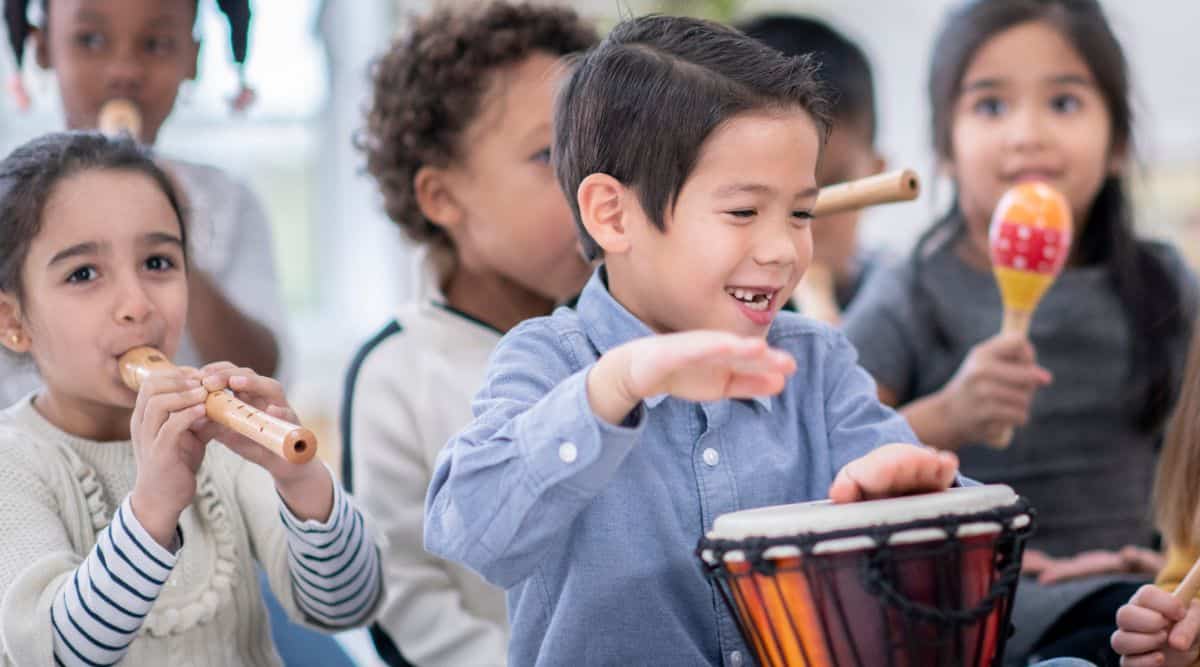
Kick-Off Saturday: April 6
Let’s kick off WOYC, right? Start the week by getting families and children excited for the upcoming celebrations!
Spread the word: NAEYC invites you to share the news about WOYC and include ways families can participate at home. Use social media, send a newsletter, write a blog post, or create a video sharing why you celebrate Week of the Young Child. Remember to use the hashtag #WOYC24.
Inform parents and families: Ensure parents are in the loop by sending them all the necessary details. You can do this through email, handouts, text messages, or hosting a virtual kick-off event. Include information about WOYC, upcoming events, and supplies their children might need.
Prepare your activities: With a busy week ahead, it’s essential to have your activities and supplies ready. Keep yourself organized by creating a calendar or spreadsheet outlining each day’s activities and the necessary supplies. This way, you’ll be all set to go!
- Create your playlist for Music Monday.
- Gather your ingredients for your Tasty Tuesday activity.
- Refill your arts and crafts supplies for Artsy Thursday.
Music Monday: April 8
Monday is all about music! Whether singing, dancing, or playing musical instruments, it is time to make some noise and have fun.
Musical activities are a fantastic way for kids to grow their language and early literacy skills while encouraging movement.
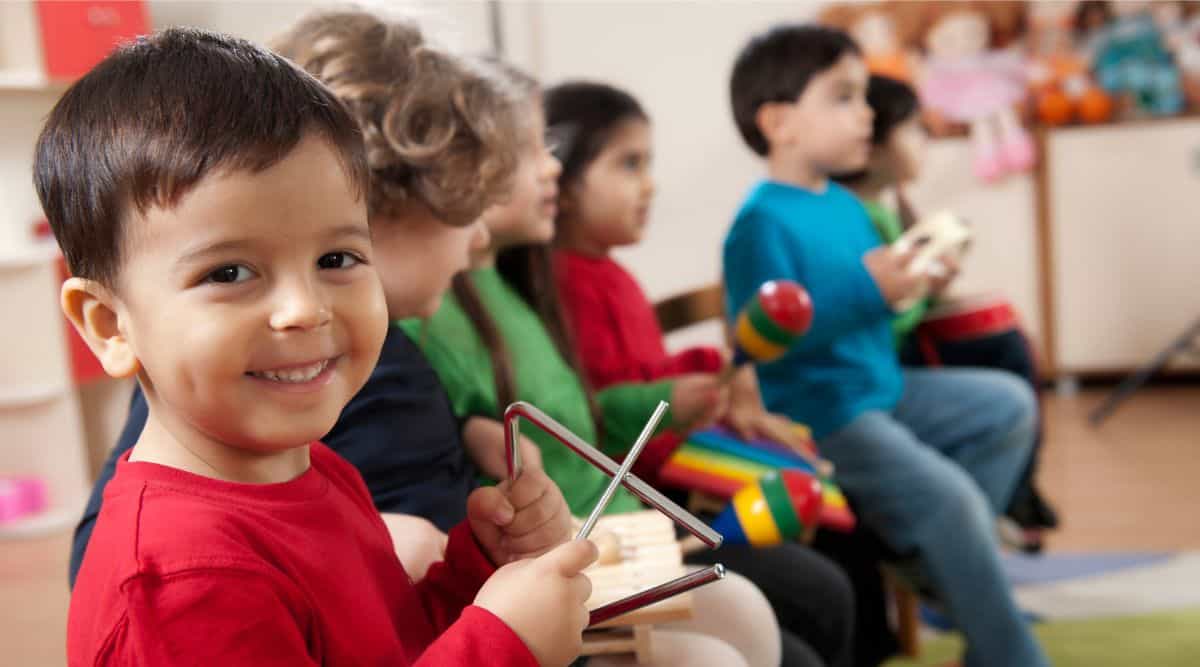
Let’s Celebrate Music Monday:
- Sing-Along: Get the kids singing and dancing to their favorite tunes. Offer different musical instruments so they can create their own sounds and rhythms.
- Host A Concert: Coordinate a mini-concert or show where the kids can sing, dance, or play instruments. Invite parents to join in the fun.
- Read Music Books: Read books to the children. Check out these perfect picks!
- Stomp, Wiggle, Clap, and Tap: My First Book of Dance by Rachelle Burk
- This Jazz Man by Karen Ehrhardt, R.G. Roth (Illustrator)
- I Got the Rhythm by Connie Schofield-Morrison (Author), Frank Morrison (Illustrator)
- Still, This Love Goes On by Buffy Sainte-Marie (Author), Julie Flett (Illustrator)
- ¡Vámonos! Let’s Go! by René Colato Laínez (Author), Joe Cepeda (Illustrator)
- Make Up A Song: Let the kids learn a new song or create one of their own, then record it to share with others!
- Learn A Dance: Teach them a dance routine to a fun, catchy tune. Encourage free-flowing movement by adding scarves or other accessories.
- Make Instruments: Encourage their creativity by helping them craft their own instruments from household items.
- Start A Band: Use the instruments the kids made or create a drum section with various pots, pans, and buckets!
- Musical Games: Plan games like musical chairs, statues, or bingo. They’re a fun way to boost listening skills and get the kids moving.
Read More About Music:
Tasty Tuesday: April 9
Tasty Tuesday is about enjoying fun food activities! Did you know that activities like cooking build your child’s language, reading, and cognitive skills?
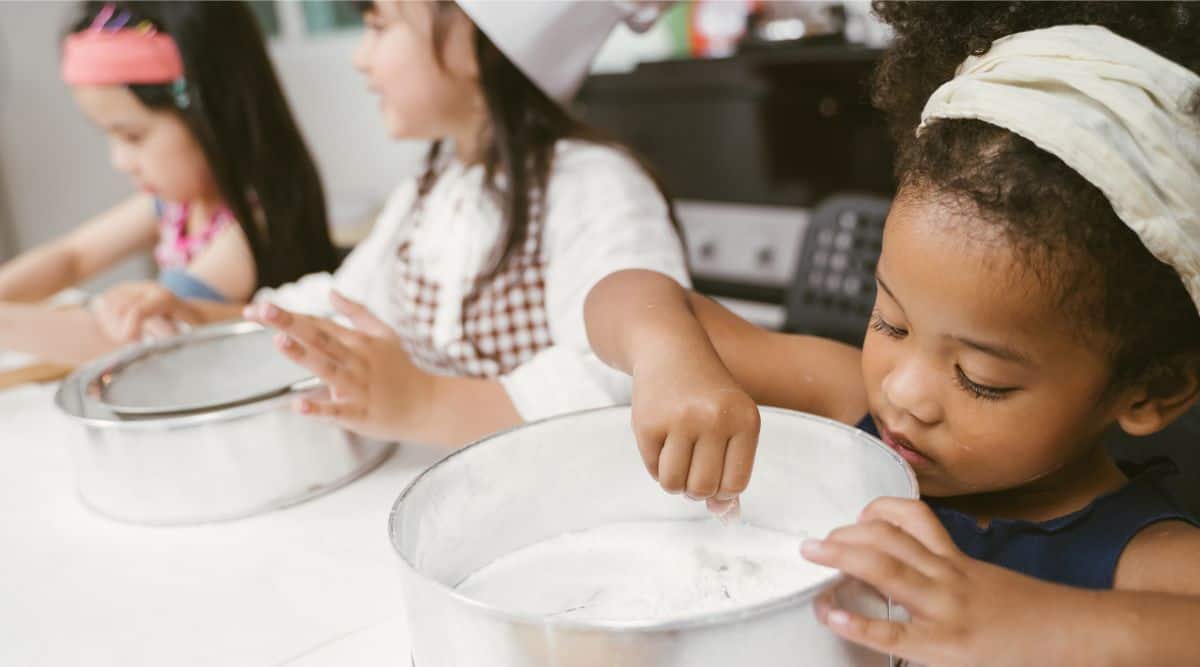
Ways to Celebrate with Simple, Healthy Options and Staying Active!
- Try Meal Prep or Cooking: Get the kids involved in creating a healthy meal together. Try these Healthy Packed Lunch Ideas
- Host A Themed Meal: How about Taco Tuesday for lunch? Incorporate reading a book like Dragons Love Tacos and set up a pretend play taco truck.
- What about a pizza party? Include a read of Pete the Cat and the Perfect Pizza Party and set up a pretend pizzeria where kids can take orders, make, and serve pizza!
- Eat A Rainbow: Check out this fun activity guide from the Whole Kids Foundation. Try this new book, Eat The Rainbow Foods: Exploring Colors On Your Plate by by Sara Kale (Author)
- Have A Picnic: If the weather’s nice, take your meal outdoors for a picnic!
- Let’s Have A Tasting Party: Have each child bring a favorite healthy food or snack. Let the kids try all the foods, introducing new textures and flavors.
- Gardening Activities: Spend time in the garden, where the children can plant seeds, water plants, or pick fruits and veggies. No garden? Plant these easy-to-grow seeds (carrot, bean, tomato, or strawberry) in cups and watch them grow. They will learn about food sources and why eating healthy is essential. Read Up in the Garden and Down in the Dirt by Kate Messner (Author) and Christopher Silas Neal (Illustrator).
- Start A Food Drive: Get the kids involved in a food drive to gather and donate non-perishable items to a community food pantry. It emphasizes the importance of helping those less fortunate and giving back.
- Create A Classroom Cookbook: Compile a recipe book with each child’s favorite family recipe. Have them include a picture they drew to go with their recipe.
- Want to Step it Up? Discover culture-specific foods that your young learners enjoy at home. Connect with the families by exploring the history and tradition behind these dishes. Encourage the children to share stories about their favorite recipes. Introduce new ingredients, create a recipe book with the children’s pictures, and share it with the community. Keep a class copy or make copies for each child to take home.
Other Great Reads:
Work Together Wednesday: April 10
Today, let’s celebrate teamwork and the three C’s – communication, collaboration, and cooperation!
Studies indicate that children with solid social skills are happier, experience less stress, and exhibit better behavior. It makes sense; kids who struggle to communicate are more likely to feel frustrated and anxious.
Learning to work with others is crucial, especially for young children. Their social-emotional development can impact growth and other skills later in life.
Providing activities where kids build things together is essential, fostering teamwork. These opportunities offer practice for social-emotional skills like peer interaction and cooperation.
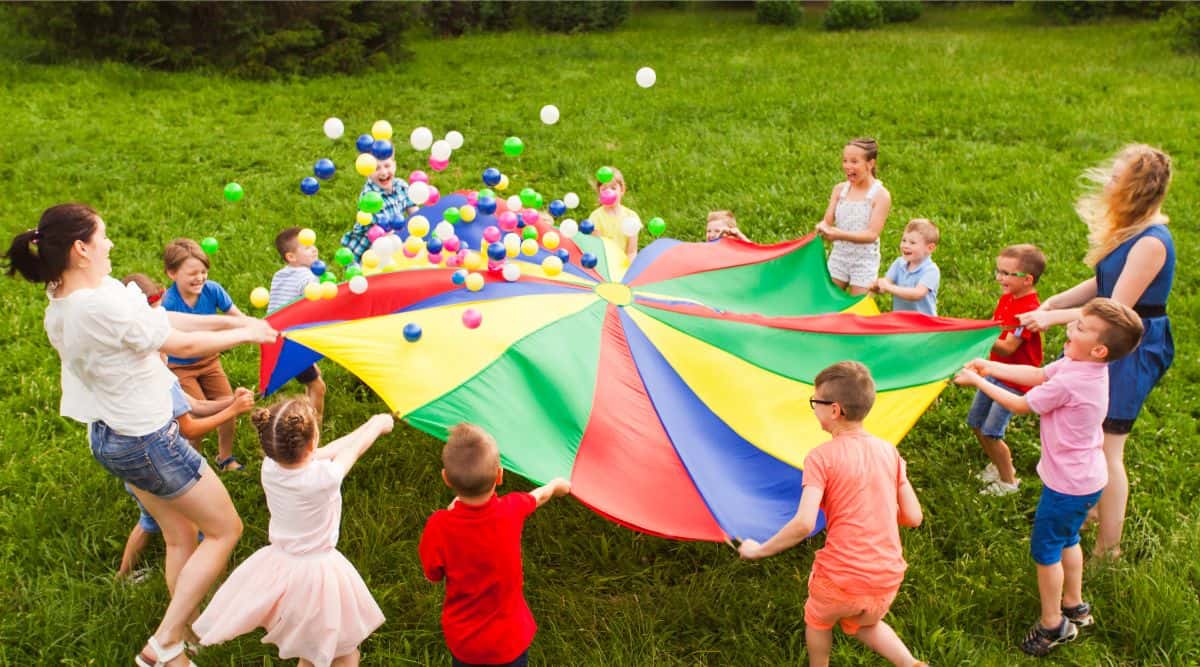
Encourage children to work together, learn, and feel accomplished with these social-emotional activities for Work Together Wednesday:
- Fun With Parachute Play: Lift it up and down together, and make balls fly high off the chute. It’s all about teamwork – count, lift, and hold onto your part of the parachute. Here are 37 parachute games to try!
- Large Group Murals: Invite the children to color, paint, or create something together, promoting communication, cooperation, and collaboration. Help the children use markers, paints, paper, and other materials you have on hand. By working side-by-side, they learn to make decisions and share ideas, preferences, and techniques.
- Cooperative Games: Go on a group scavenger hunt or have a relay race. These games not only build gross motor skills but also help the kids work together, problem-solve, and develop social skills. Here are 30 Quick Scavenger Hunt Ideas.
- Obstacle Course: Build an obstacle course in teams, then run relays through it.
- Build A Block Tower: No blocks? No problem! Use cans, books, empty cereal boxes, shoe boxes, or a mix of these items! Try these block activities
- Fort Building: Help the kids get creative and build forts from pillows and blankets. Discuss why firmer pillows might work better for the walls and softer ones for the floor.
- Outside Building Projects: Weather too nice to stay inside? Build your own adventure with large cardboard boxes, rocks, sticks, and branches!
- Community Service Projects: Kids can work together to help their community by planning a service project. This teaches teamwork, empathy, and social responsibility. Here are a few suggestions:
- Clean up a playground or park.
- Plant a community garden.
- Build care packages for hospitals or shelters.
- Make cards or write letters for older adults.
- Household Chores: Encourage children to help with household chores, like picking up their toys, setting the table, or matching socks. It fosters responsibility, teamwork, and a sense of contributing to the family.
More Resources For Working Together:
Artsy Thursday: April 11
Encourage creativity on Artsy Thursday!
Art exploration helps children develop creativity, fine motor coordination, and social skills. They thrive when engaged in open-ended art, where they can use their imaginations and create with their hands.
Celebrate the joy and learning children experience through creative art on Artsy Thursday. Use any materials available, from paint to playdough, fabric to crafts!
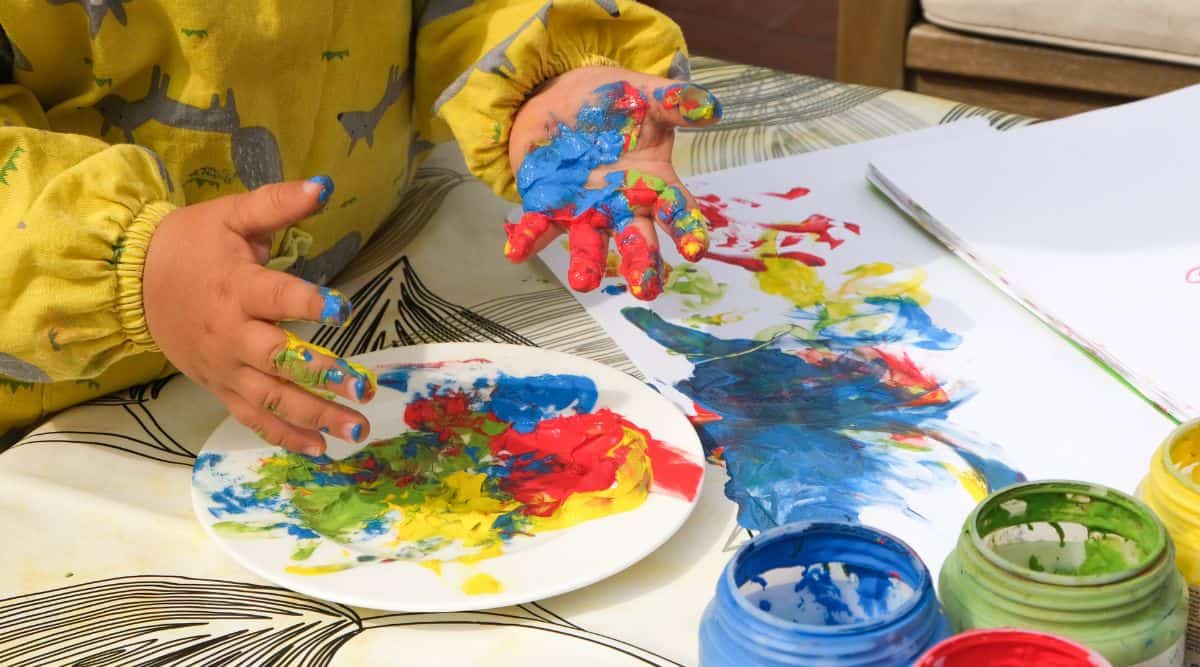
Week of the Young Child Art Activities To Try:
- Art With Playdough: Let’s get creative by making art with playdough to boost creativity and fine motor skills. Add glitter to your favorite microwave play dough recipe for a special touch.
- Self-Portrait: Encourage kids to draw themselves outside with sidewalk chalk.
- Arts & Crafts: Get creative as a group with a craft project.
- Create A Sensory Bin: Fill a bin with kinetic sand, rice, or pasta for engaging sensory play. Check out 12 more sensory ideas here.
- Have A Fashion Show: Let your kids dress up in crazy costumes or outfits for a fashion show! Add lots of fun accessories to boost imagination and creativity!
- Color Outside The Lines: Provide crayons, markers, chalk, and other materials for a day of outdoor art. Or use light and dark paper, pastels, and chalk to create day and night sky scenes.
- Process Art Activities: Experiment with process art such as marble painting, splatter painting, or painting with materials like pasta, beads, or feathers for hands-on fun.
- Art-themed Storytime: Read books like “The Dot” or “Ish” by Peter H. Reynolds and make art inspired by the stories.
- Community Art Project: Promote teamwork, collaboration, and community involvement by creating art such as a mural or sculpture for the community.
- Art-themed Science Experiments: Foster curiosity, experimentation, and creativity by engaging children in science activities such as color mixing or making homemade paint
- Decorate T-shirts: Invite families to provide plain T-shirts for their children. Let kids decorate their own shirts with fabric markers and paints. Once dry, have the kids wear them on Family Friday. For older kids, consider allowing them to create unique designs with tie-dye.
- Outdoor Art: Head outside and let the kids paint. Encourage them to paint what they see using natural materials like sticks and leaves.
- Sensory Art: Stimulate the children’s senses by finger painting with ground coffee beans and tea leaves.
- Art Gallery Walk: Promote creativity, self-confidence, and art appreciation by displaying children’s artwork for everyone to enjoy.
- Want to Step it Up? Share your kids’ art with others:
- Set up a gallery at a library or local business.
- Make a digital gallery online or share photos on social media with #WOYC24.
- Create a print book to share with family and friends.
More Art Exploration Resources:
Family Friday: April 12
Family Friday rounds out the Week of the Young Child 2024 by celebrating families. NAEYC recognizes family members’ vital role as children’s first and most important teachers.
Understanding a child’s family dynamics and partnering with parents helps create a supportive environment for the child. Engaging parents can significantly impact a child’s learning and development!
Family Friday focuses on engaging families to support our youngest learners.
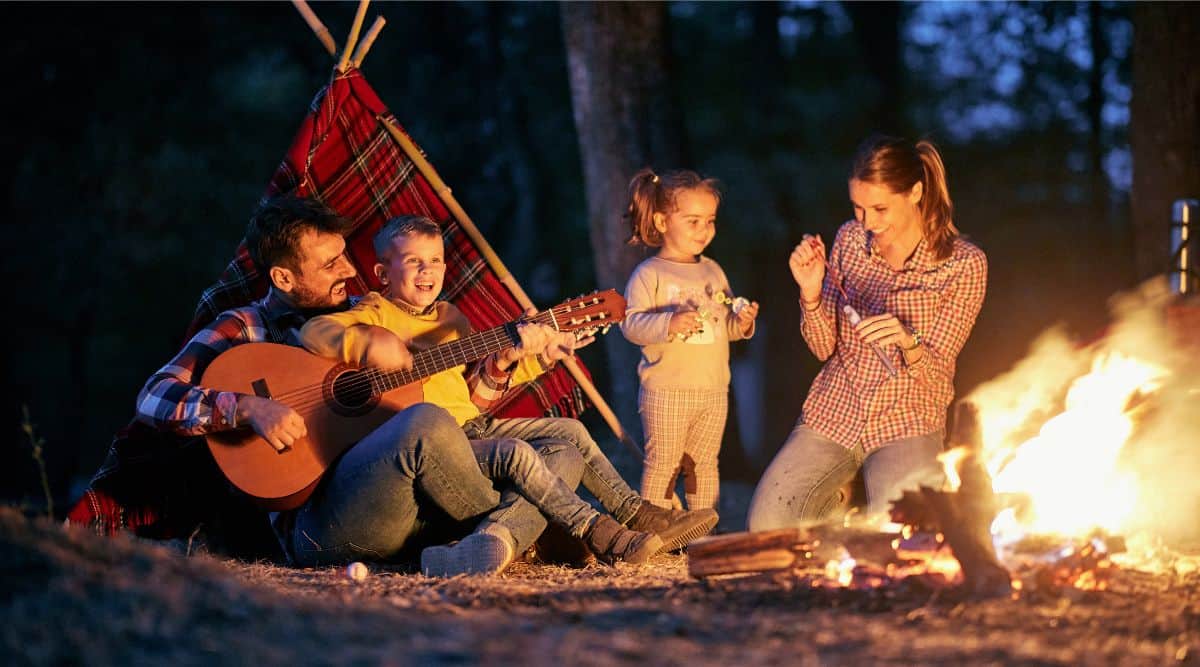
Here are a few ways to celebrate Family Friday, show appreciation, and foster partnerships. Choose one or many!
- Family Friday Breakfast: Help the children prepare and share breakfast with their parents.
- Family Picnic: Encourage families to enjoy a picnic together.
- Family Show And Tell: Let each child show and tell something special about their family. Invite them to share photos of the family playing and learning together.
- Family Photos: Invite families to send photos for display or a slideshow. This activity will help kids feel closer to their families and promote family participation in their education.
- Family Story Time: Host a family storytime where families can read their favorite books to the class, fostering a love for reading and literacy.
- Family Cultural Sharing: Promote diversity and cultural awareness by inviting families to share their traditions, food, or music with the class.
- Family Game Day: Foster the love of play, family unity, and social skills development. Organize a family game day for families to play games with their children and other families.
- Family Volunteer Day: Support teamwork, social responsibility, and community involvement. Plan a family volunteer day where families can volunteer their time to help with a classroom or community service project.
- Family Tree: Help children connect with their beginnings. Use this free template to make a family tree with the children, exploring family connections.
- Family Collage: Have children bring in family photos for a collage or drawing of a family portrait.
- Family Time: Encourage families to spend quality time together through family dinners, movies, or game nights.
- Family Gratitude: Provide materials for families to create gratitude notes for their child’s caregiver, fostering appreciation and kindness.
Family Engagement Books and Resources:
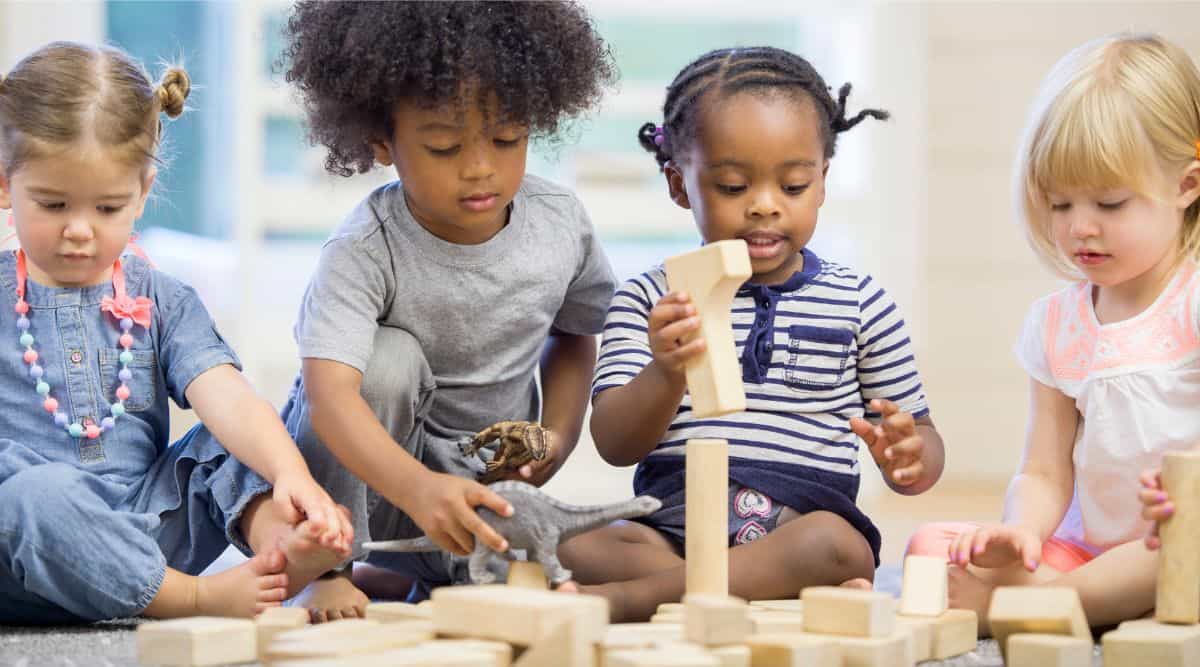
Use these Week of the Young Child activity ideas to celebrate #WOYC24! We encourage you to learn more about the history of the Week of the Young Child and advocate for Early Childhood Education. For more information on WOYC from NAEYC, click here.
Week Of The Young Child FAQs
When is the Week of the Young Child (WOYC)?
The Week of the Young Child typically takes place in April each year, with specific dates varying annually. In 2024, it is scheduled from April 6 to April 12.
What is the theme of the Week of the Young Child 2024?
This year, NAEYC asks everyone in the early education community to Step It Up (SIU). During WOYC, the same daily themes will apply, but we encourage you to take them to the next level!
How can Families participate in the Week of the Young Child?
Families can participate in the Week of the Young Child by engaging in daily themed activities with their children, attending events organized by childcare centers, and promoting early childhood education in their communities.
What activities can families do during the Week of the Young Child?
Listed above are almost 60 activities for your family. Choose activities that promote creativity, learning, and relationships, such as storytelling, art projects, outdoor adventures, family picnics, and game nights.
Why is the Week of the Young Child important for families?
The Week of the Young Child emphasizes the importance of early childhood education while encouraging family involvement, fostering strong relationships, and creating a supportive environment.
